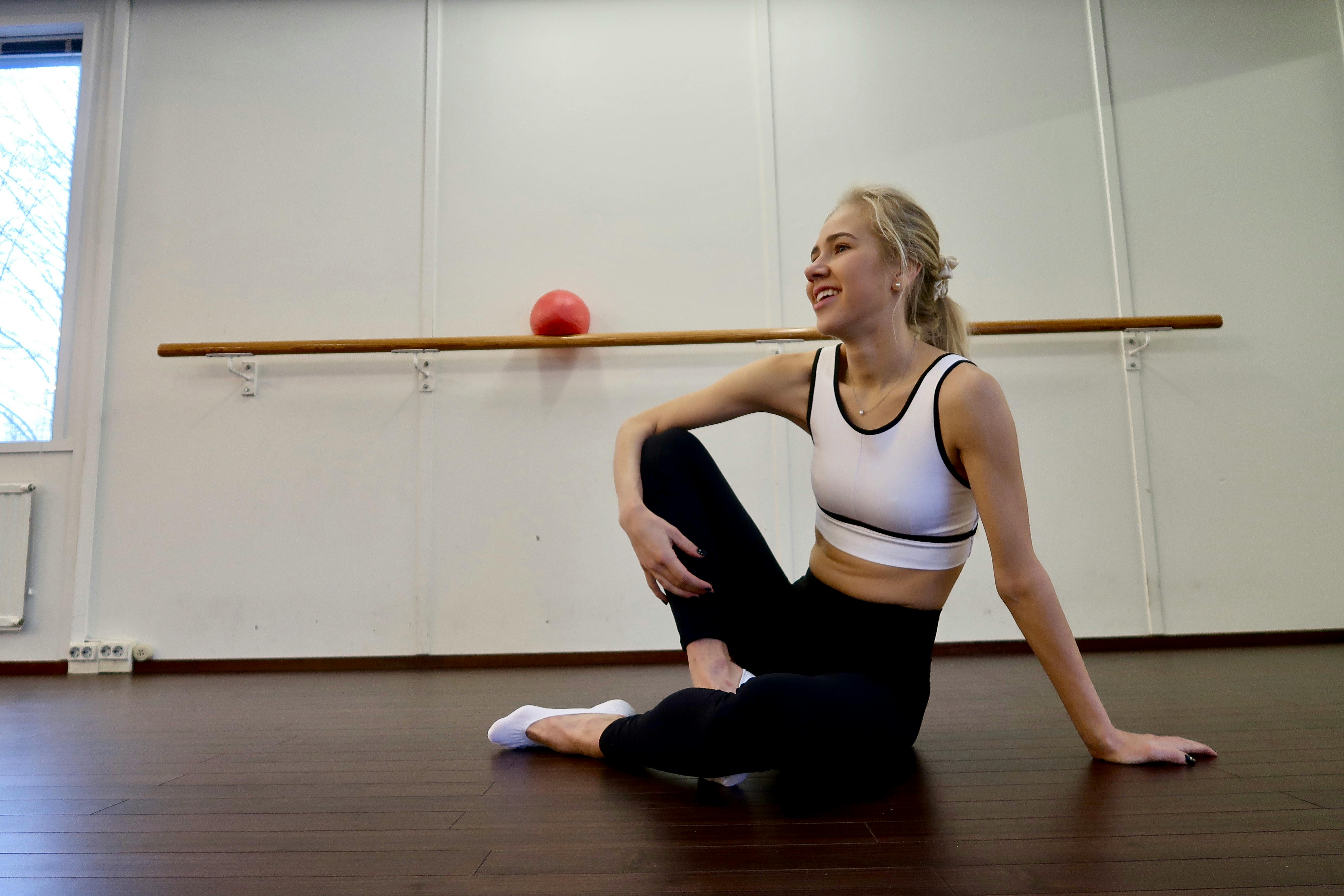Kathakali, Kerala’s classical dance form, originated in Kerala 400 years ago. Kathakali is an art form in which music, dance and theater are incredibly synchronized, constituting three fine arts in Kathakali, abhinayam or performance, nrityam or dance, and geetham or singand.
In Kathakali there is a perfect combination of five artistic elements. Expressions (Natyam), Dance (Nritham), Performance (Nrithyam), Song / vocal attribute (Geetha), Instrument attribute (Vadyam).
In Kathakali, the story is achieved purely through the movements of the hands called mudras and the facial expressions called rasas and body movements. The expressions develop from Natyashastra. There are 24 basic mudras, each one can be re-classified into ‘Samaana-mudras, that is, one mudra represents two elements or misra-mudras, that is, both hands are used to display these mudras.
Sringaram which is amour, Hasyam which is humor, bhayanakam which is fear, Karunam which is desolation, Roudram which is anger, Veeram which is courage, Beebhatsam which is disgust, Adbhutam which is wonder and the last one is Shantam these are the nine facial expressions by a Kathakali artist named Navarasams.
The performer does not sing or speak in Kathakali, Manipravalam is the language of the songs used in Kathakali. Although most of the songs are set in ragas based on carnatic music, there is a different style of playing single notes, which is known as the Sopanam style. Four musical instruments are used in Kathakali: Chenda, Maddalam, Chengila and elathalam. The music created with these instruments is called melam. Usually there are two singers to sing the music. In the two singers, one of them uses chengila to create a constant rhythmic rhythm.
The most famous stories in Kathakali are Nalacharitham (story of Mahabharatha), Duryodhana vadham (focused on the Mahabharatha war), Kalyanasougandhikam (story of Bhima who goes to buy flowers for his wife Panchali), Keechakavadham, Kiratham (Arjuna and the fighting of Lord Shiva, from the Mahabharata), Karnashapatham, Nizhalkuthu.
In Kathakali, the vesha that is a costume is mainly classified into four, Pacha (Sathwika, the hero), Kathi (the villain), Minukku (for female characters) and Thaadi. These are the four outfits that are worn in Kathakali.
Pacha- The makeup known as pacha is assigned to the hero of the story, examples of those characters are Dhirodatta, noble kings like Nala, Yudhishtra, Rukmangada, Arjuna and Bhimsena. All characters under pacha wear Kiritas But when it comes to characters like Vishnu, Krishna or Rama, the Kiritas changed to Mudi, so this costume is also known as mudi. The facial makeup is the same in both mudi and pacha, except that Krishna wears a dark jacket instead of a purple or red Pacha jacket.
Kathi- The costume is similar to the pacha except for the makeup. A knife-shaped pattern is drawn on each cheek with red pigment and a small ball is attached to the tip of the nose and also to the forehead. This costume is usually for villainous characters like Ravana, Kamsa, and Duryodhana. Except for pacha characters, kathi characters make scary noises when emotion is expressed.
Thadi-Thamoguna which is evil is represented in this costume, there are three types of thadis red, black and white. The red Thadi is normally given to extremely evil characters like Rakshasas or those men like Dussasana. The destructive force of evil is represented in the red thadi suit. The crown of the white thadi is known as Vattamudi, a formal military hat shaped like a hat and a white beard, the example of the white thadi character is Hanuman (a preeminent character in Hindu mythology). As kali in Nalacharitha, as red thadi, this is also represent evil. The makeup is the same as the red thadi except that the beard is only black.
Kari-El kari is a purely black suit, the makeup on the face, the jackets and the skits are all black. The headdress is the same, the costume is used to characterize human beings both women and men. They also provide some voice like howling.
Chutti- White makeup plays an important role in Kathakali makeup. In the past, chutti was placed using a mixture of rice and lime paste, but now the base is placed with pasta and the rest is made with paper. Chutti is used to increase the contour of the face, so that facial expression can be clearly marked.
Minukku-Makeup is generally used for female characters. The costumes and makeup are completely different from other characters. In ‘Minukku’ appear women, sages and brahmanas. Other characters that appear in Minukku are charioteers and messengers.
